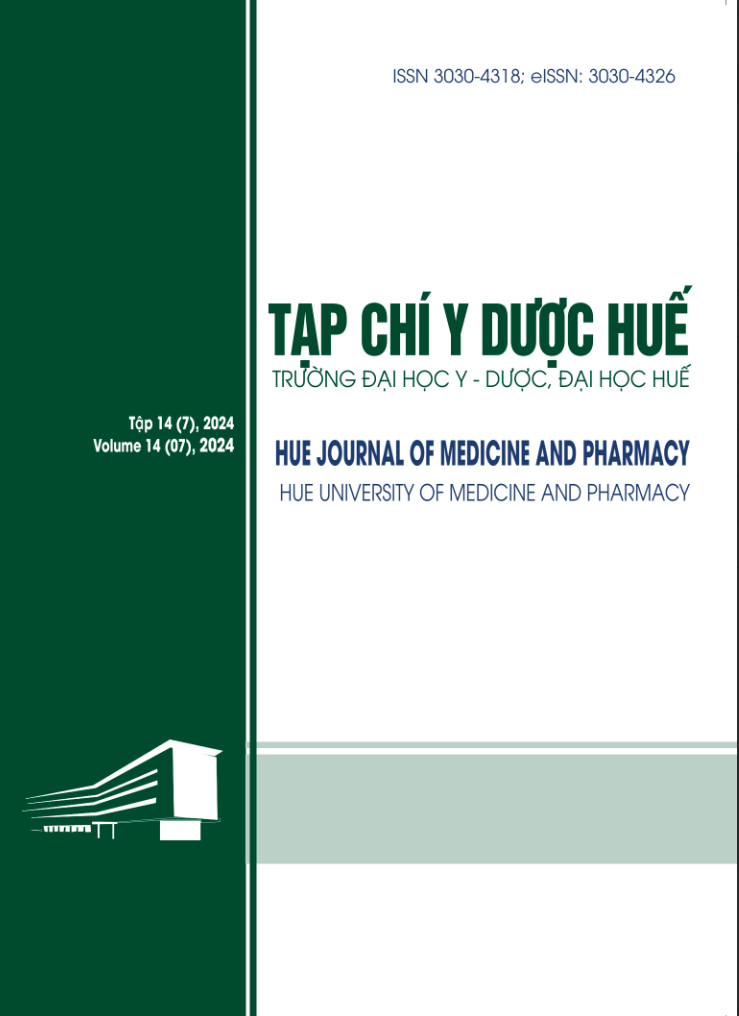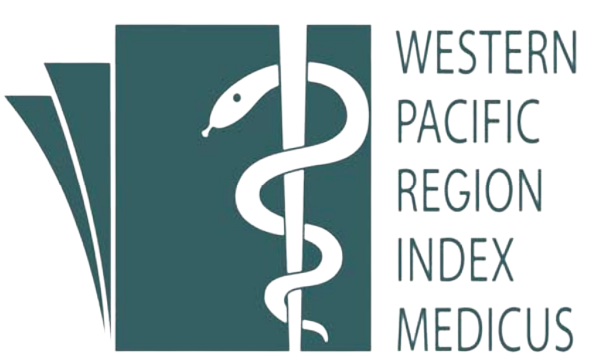Abstract
Background: Invasive fungal rhinosinusitis (IFRS) is characterized by the presence of fungi in the mucosa, submucosa, blood vessels, or bone of the nasal and sinus regions, as observed in histopathological specimens and supported by clinical context. Although rare, IFRS has a poor prognosis. This study aims to describe the histopathological features of IFRS.
Materials and Methods: A cross-sectional, retrospective study was conducted on 57 IFRS cases at the University of Medicine and Pharmacy at Ho Chi Minh City from January 2021 to December 2023.
Results: The frequencies of mucosal invasion, bone invasion, neutrophil infiltration, eosinophil infiltration, edema, granulomatous inflammation, necrosis, vascular invasion, and neural invasion were 70.2%, 29.8%, 98.2%, 50.9%, 50.9%, 42.1%, 100%, 33.3%, and 7.0%, respectively.
Conclusion: Besides fungal morphology, vascular invasion and the extent of necrosis are key factors that may aid in distinguishing between the two common etiological agents of IFRS: Aspergillus and Mucorales
| Published | 2024-12-25 | |
| Fulltext |
|
|
| Language |
|
|
| Issue | Vol. 14 No. 7 (2024) | |
| Section | Original Articles | |
| DOI | 10.34071/jmp.2024.7.2 | |
| Keywords | Invasive fungal rhinosinusitis, invasive fungal disease, Mucorales, Aspergillus viêm mũi xoang do nấm xâm lấn, bệnh nấm xâm lấn, Mucorales, Aspergillus |

This work is licensed under a Creative Commons Attribution-NonCommercial-NoDerivatives 4.0 International License.
Copyright (c) 2024 Journal of Medicine and Pharmacy






